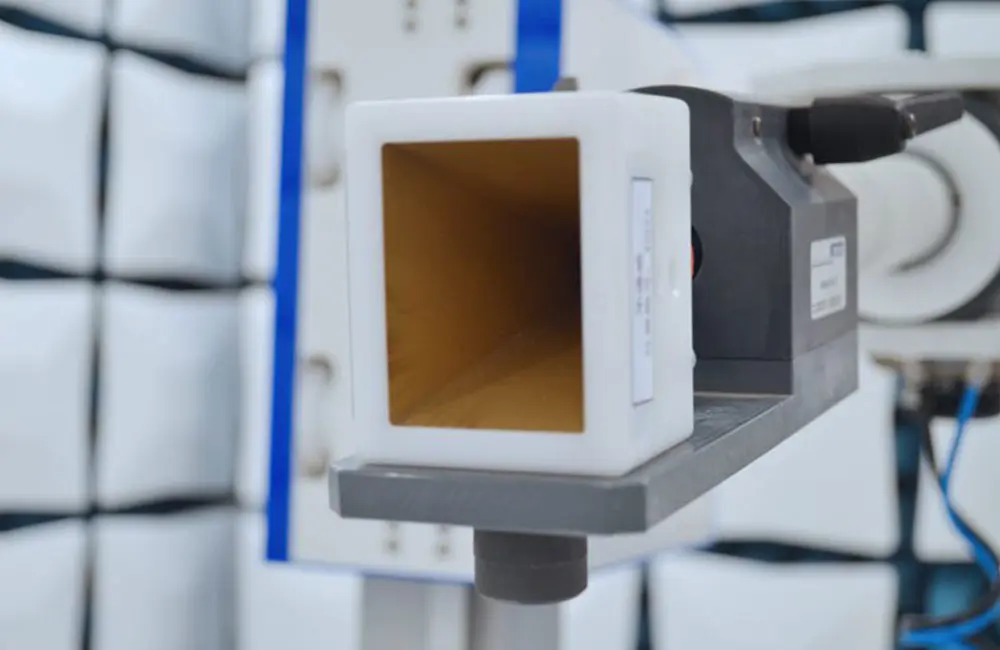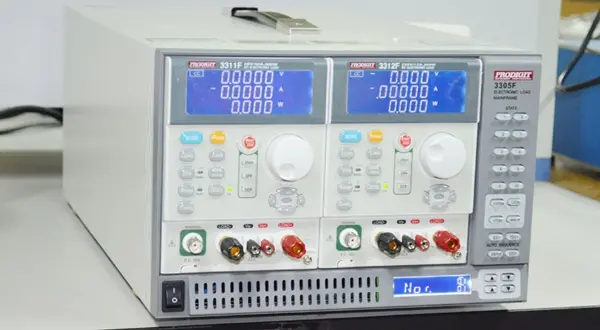
US Children's Jewelry CPC Certification and ASTM F2923 Test
Applicable Children's Jewelry
Children's jewelry refers to items primarily designed for children aged 12 and under to wear or use as accessories. This policy covers children's jewelry, including but not limited to anklets, bracelets, earrings, necklaces, rings, jewelry-making or repair kits, and watches.

Amazon Children's Jewelry Policy
Amazon requires all children's jewelry to be tested and comply with the following regULations, standards, and requirements:
Children's Jewelry
- One of the following options:
- astm f2923-20 (Standard Consumer Safety Specification for Children's Jewelry) or
- All of the following regulations:
- Consumer Product Safety Improvement Act (cpsia) (lead, phthalates, cadmium)
- Section 14(a)(5) of the Consumer Product Safety Act (tracking labels)
- 16 CFR Part 1303 (ban on lead-containing paint and certain lead-containing consumer products)
- 16 CFR Parts 1500.50-53 (use and abuse testing for toys and other articles intended for children)
Product Detail Page Requirements
- The age grading listed on the product detail page must match the age grading in the test report.
- Small Parts Warning: The detail page must display the appropriate warning statement (hazard warning).
ASTM F2923 Testing Requirements
ASTM F2923 defines "children's jewelry" as jewelry primarily intended for children aged 12 and under to wear. To distinguish jewelry from toys or other items, only the following are consideRED jewelry:
- Anklets, bracelets, earrings, necklaces, rings, jewelry-making or repair kits, and watches
- Any small charm, bead, chain, pendant, or other attachment worn as an accessory, attached to shoes or clothing and removable
- Watches with decorative elements (excluding removable timers)
- Parts in craft kits intended for making jewelry to be worn
ASTM F2923 Testing Specifications
Testing specifications involve two main types: hazardous metals and performance requirements.
1. Toxicity Specifications
- Focus on the presence of hazardous metals. Specifications vary by specific metal, its location in the jewelry, and how the jewelry is worn.
- CheMICal testing includes total lead, total cadmium, total mercury, total arsenic, phthalates, and nickel release. The screening limit for total cadmium has been adjusted from 300 ppm to 75 ppm.
2. Performance Requirements
- Jewelry Worn on the Neck: To prevent strangulation, any jewelry intended to be worn on the neck (e.g., necklaces) must break under tension at 15 pounds or more.
- Jewelry Containing Magnets: Magnets pose a hazard to children. If inhaled or swallowed, they can pinch internal organs, causing severe damage. Magnets must not be loose, and no magnet should detach from the jewelry after use and abuse testing.
- Jewelry Containing Batteries: If the jewelry contains batteries that can be swallowed, the batteries must be securely fixed so that they cannot be removed without tools.
- Sharp or Dangerous Edges: Jewelry intended for children aged 8 and under must not have any edges or points that could cause injury.
Testing Process
In the ASTM F2923 testing process, children's jewelry is typically provided to testing agencies. The agencies conduct tests based on standard requirements, including material composition, physical properties, and hazardous substance content. Upon completion, the agency issues a corresponding test report or certificate.
Amazon Canada Children's Jewelry SOR/2018-82 Testing Standards
Health Canada has issued several recalls for children's imitation jewelry this year, citing excessive lead and cadmium levels that exceed the requirements of the SOR/2018-82 Children's Jewelry Regulations.
Recall Reasons
- Products contained excessive amounts of lead and cadmium, posing significant health risks to children, potentially causing death.
- Baluchon Accessoires children's jewelry was recalled due to high levels of lead and cadmium.
Policy Scope
- Children's jewelry intended for children aged 15 and under as decorative items.
- Includes anklets, bracelets, decorative hair accessories, earrings, necklaces, rings, jewelry sets, and watches.
Requirements
- All children's jewelry must comply with:
- SOR/2014-79 (polyurethane foam)
- SOR/2016-188 (phthalate regulations)
- SOR/2018-82 (children's jewelry regulations)
ASTM F2923 is a consumer safety specification for children's jewelry, ensuring the safety and health of children. Companies should prioritize and strictly adhere to relevant regulations to ensure their products meet safety standards. The U.S. Consumer Product Safety Commission considers ASTM F2923 the best practice in the industry.
Email:hello@jjrlab.com
Write your message here and send it to us
 LED Lighting EMC Testing Service
LED Lighting EMC Testing Service
 EU REACH Compliance Testing Services
EU REACH Compliance Testing Services
 Electronic and Electrical Reliability Testing Serv
Electronic and Electrical Reliability Testing Serv
 Electronic & Electrical Safety Compliance Test
Electronic & Electrical Safety Compliance Test
 Shenzhen Electronic Electromagnetic Compatibility
Shenzhen Electronic Electromagnetic Compatibility
 How to Test IP68 Rating
How to Test IP68 Rating
 Differences Between FDA and LFGB for Food Contact
Differences Between FDA and LFGB for Food Contact
 Process and Precautions for Amazon CPC Certificate
Process and Precautions for Amazon CPC Certificate
Leave us a message
24-hour online customer service at any time to respond, so that you worry!




